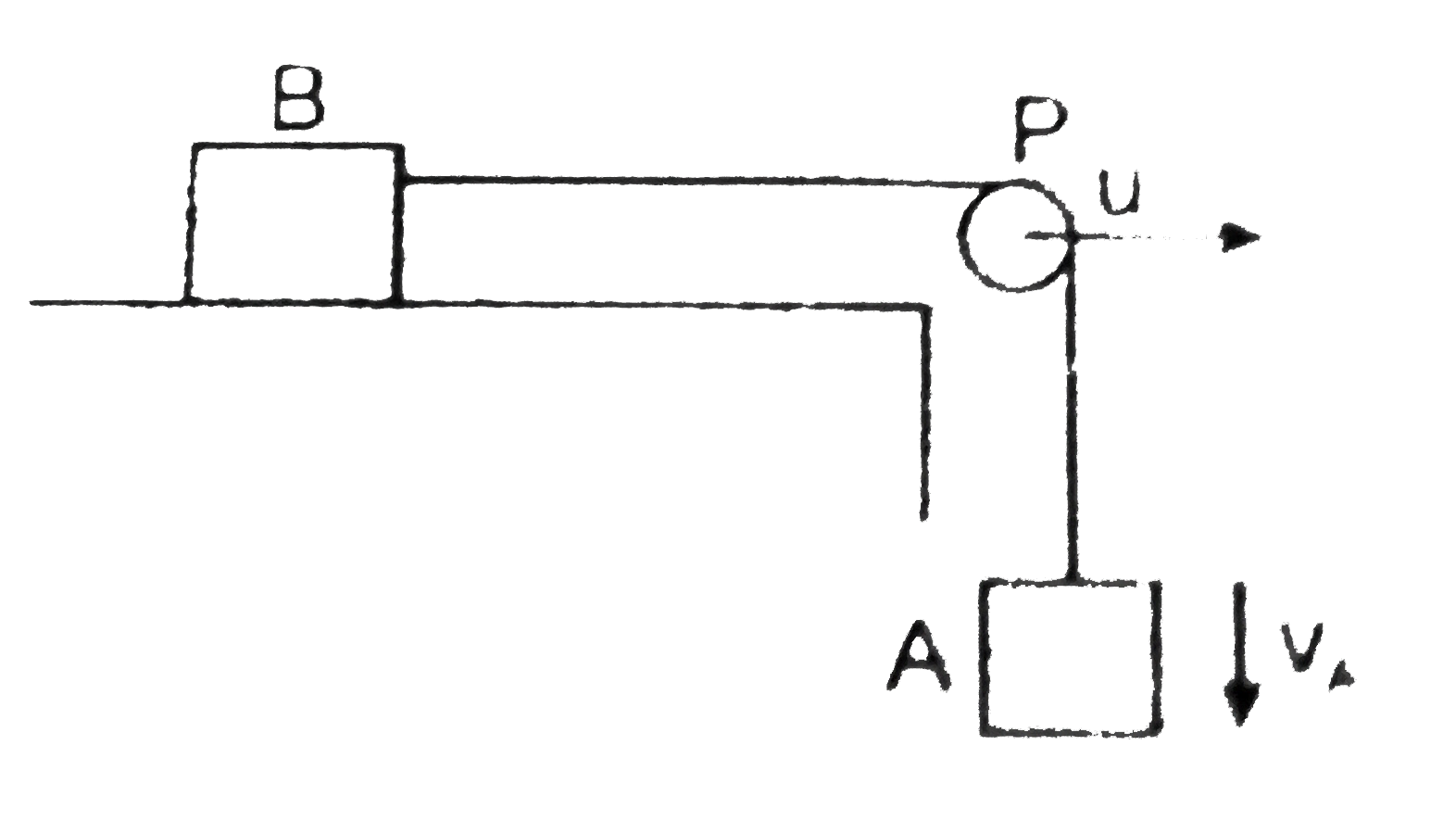A car moves from X to Y with a uniform speed vu and returns to X with a uniform speed vd. The average speed for this round trip is :
(a) 2vdvuvd+vu
(b) √vuud
(c) vdvuvd+vu
(d) vu+vd2
2vdvuvd+vu
√vuud
vdvuvd+vu
vu+vd2
The correct Answer is:A
To find the average speed for the round trip of the car moving from point X to Y and back to X, we can follow these steps:
Step 1: Define the Variables
Let:
- d = distance from X to Y
- vu = speed from X to Y (upward speed)
- vd = speed from Y to X (downward speed)
Step 2: Calculate the Time Taken for Each Leg of the Trip
1. Time taken to go from X to Y:
t1=dvu
2. Time taken to return from Y to X:
t2=dvd
Step 3: Calculate the Total Time for the Round Trip
The total time T for the round trip is the sum of the time taken for both legs:
T=t1+t2=dvu+dvd
Step 4: Simplify the Total Time Expression
Factor out d:
T=d(1vu+1vd)=d(vd+vuvuvd)
Step 5: Calculate the Total Distance Covered
The total distance D for the round trip is:
D=d+d=2d
Step 6: Calculate the Average Speed
Average speed Vavg is defined as total distance divided by total time:
Vavg=DT=2dd(vd+vuvuvd)
Step 7: Simplify the Average Speed Expression
Cancel d in the numerator and denominator:
Vavg=2vd+vuvuvd=2vuvdvd+vu
Final Answer
Thus, the average speed for the round trip is:
2vuvdvd+vu
Let:
- d = distance from X to Y
- vu = speed from X to Y (upward speed)
- vd = speed from Y to X (downward speed)
1. Time taken to go from X to Y:
t1=dvu
2. Time taken to return from Y to X:
t2=dvd
The total time T for the round trip is the sum of the time taken for both legs:
T=t1+t2=dvu+dvd
Factor out d:
T=d(1vu+1vd)=d(vd+vuvuvd)
The total distance D for the round trip is:
D=d+d=2d
Average speed Vavg is defined as total distance divided by total time:
Vavg=DT=2dd(vd+vuvuvd)
Cancel d in the numerator and denominator:
Vavg=2vd+vuvuvd=2vuvdvd+vu
Thus, the average speed for the round trip is:
2vuvdvd+vu
Similar Questions
Knowledge Check
Ultrasonic, Infrasonic and Audible waves travel through a medium with speeds vu,vl,va respectively, then
Avu,vi,va are nearly equalBvu≥va≥viCvu≥va≥viDva≥vuandvu≈vi
Let u(x) and v(x) are differentiable function such that u(x)v(x)=6. If u'(x)v'(x)=p and (u(x)v(x))'=q then value of p+qp−q is equal to
View SolutionFind each of the products: (43u2vw)× (−5uvw2)×(13v2wu)
View SolutionIf u=sin(mcos−1x),v=cos(msin−1x),provethatdudv=√1−u21−v2
View SolutionIf u=sin(mcos−1x),v=cos(msin−1x),provethatdudv=√1−u21−v2
View SolutionTwo particles are projected from a point at the same instant with velocities whose horizontal and vertical components are u1,v1 and u2,v2 respectively. Prove that the interval between their passing through the other common point of their path is
2(v1u2−v2u1)g(u1+u2)
View SolutionIf a ,b,c, and u,v,w are complex numbers representing the vertices of two triangle such that they are similar, then prove that a−ca−b=u−wu−v
View SolutionA man directly crosses a river in time t1 and swims down the current a distance equal to the width of the river I time t2. If uandv be the speed of the current and the man respectively, show that : t1:t2=√v+u:√v−u).
View Solution

